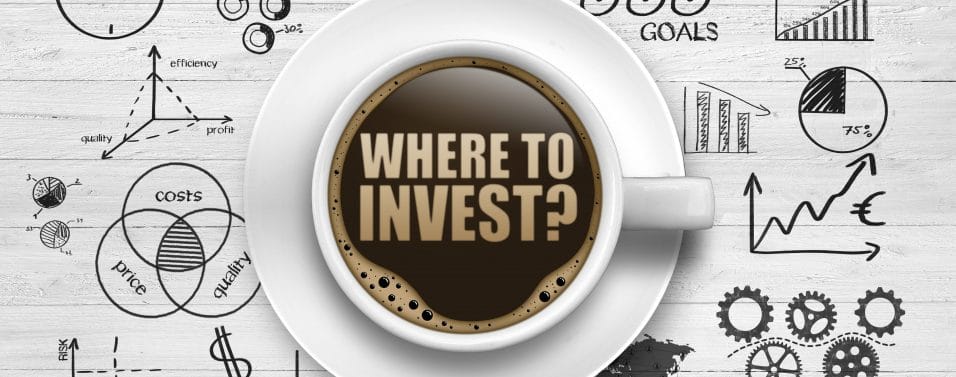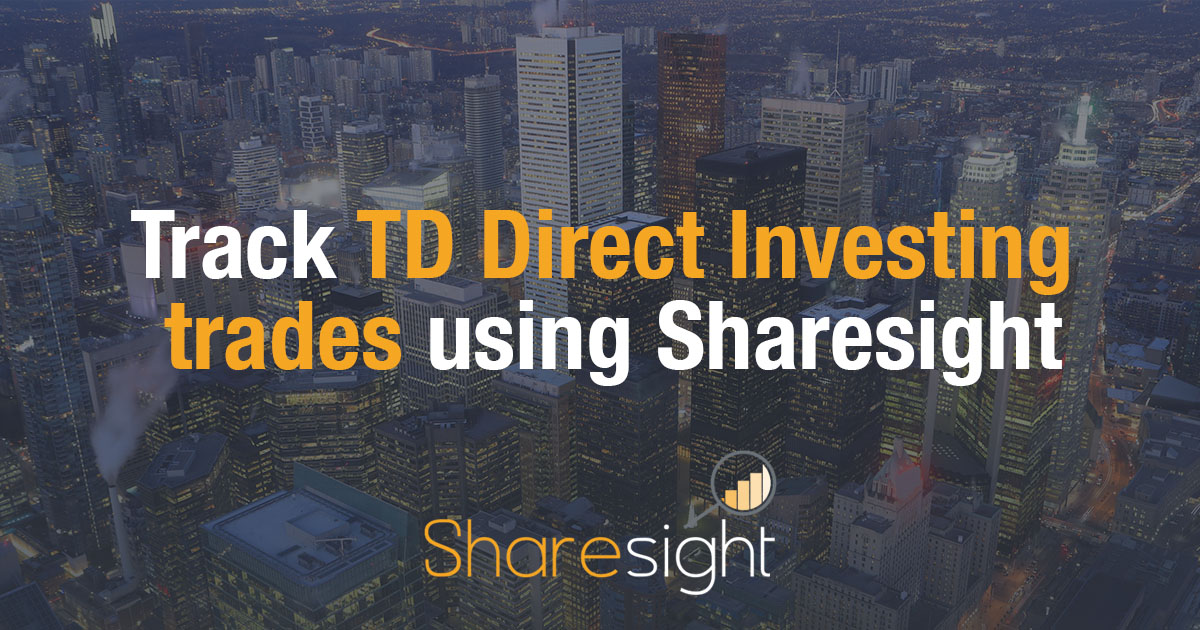
A cash dividend is a payout made by a company for shareholders. The declaration date is the day that the board announces the dividend. Its goal, however, is to pay a specified amount per common share. The Record Date is used by the company to determine who will be eligible for the cash dividend. The cash dividend is generally paid quarterly. The company will make an announcement for each quarter. A cash dividend is a type that can also be called a dividend. It can also have tax consequences.
Common types of cash dividends
Many companies also pay stock dividends. For their cash dividends, companies may offer shareholders stock options or cash. They might also offer additional shares in return. Experts pay attention to patterns and trends in cash dividends and market sentiment. Dividend yields are a reflection of overall market sentiment. Before companies can distribute dividends, they must pay taxes. These taxes are often more than the cash dividend so the amount a company can distribute is limited.
Calculating the trailing 12-month dividend dividend yield is the most common way to compare cash distributions from different companies. This figure is calculated simply by subtracting the dividends per stock over the past twelve months from the current price. This yield can be used to compare cash dividends across companies. A special dividend is another common type of dividend. Special dividends are paid when a company receives a windfall of earnings, a spin-off, or corporate action that results in higher than usual dividends.

Impact of cash dividends on investors' perception of risk
Although investors may be familiar with the concept and benefits of cash dividends, they may not understand how these payments could impact a company’s tax liability and risk profile. Cash dividends are the transfer of part of the profits of an equity company to shareholders, rather than reinvested back into the business. Dividend yield, which is a percentage of a share price, describes how much cash a company pays its shareholders each year. Union Pacific Corp.'s example shows a dividend yield that is 2.55% on $150.
The company's decisionmaking process determines how cash dividends affect investors' risk perceptions. Tax consequences for shareholders should determine whether a firm pays a dividend. Sometimes, the firm's decision-makers know that there is a risk-reward tradeoff when it comes to paying dividends and getting external financing. Numerous studies suggest that the two factors are interrelated. Hoberg-Prabhala's study showed that dividends are reduced by firms with high perceived risk after they increase their payouts.
Journal entries required for cash dividends
The journal entry needed for cash dividends varies depending on the type of dividend. Some companies take the cash dividend out of Retained Earnings, and credit the account Dividends payable. Dividends Declared is sometimes kept separate by firms. The date of the declaration determines the recipients. The actual cash outflow does not occur until the date of payment. Before you begin recording dividends, it is crucial to know when the cash outflow occurred.
The cash dividends account is temporary. It will be converted to retained income at the end. However, some companies may debit retained earnings on the day of dividend declaration because they do not want to maintain a general ledger for current-year dividends. In this instance, the account the dividend was paid to should be the journal. For cash dividends, make the appropriate journal entries.

Cash dividends have tax implications
Understanding the tax implications of cash dividends is important. While stock dividends are tax-free, cash dividends are not. You should carefully read and discuss the terms of any stock dividend before accepting it. Utility companies may be exempted from tax on interest they earn on bonds. Cash dividends have variable tax consequences, and are dependent on the stock’s taxable income. Further, common shares are subject to a variable schedule and the board of directors can decide to halt distributions or cut dividends.
A company's purpose should be to make profits, and then to distribute the earnings to its shareholders. If the dividend was deemed taxable, it would be subject to capital gains, which will lower the shareholder's stock price. Any liabilities the shareholder has assumed during stock ownership reduce the amount of the distribution. This decrease in stock price is reflected by the tax consequences for cash dividends. A stock dividend is also a special type of cash payout.
FAQ
What is a Bond?
A bond agreement between two people where money is transferred to purchase goods or services. It is also known simply as a contract.
A bond is usually written on paper and signed by both parties. This document contains information such as date, amount owed and interest rate.
The bond can be used when there are risks, such if a company fails or someone violates a promise.
Bonds are often combined with other types, such as mortgages. The borrower will have to repay the loan and pay any interest.
Bonds are also used to raise money for big projects like building roads, bridges, and hospitals.
A bond becomes due upon maturity. That means the owner of the bond gets paid back the principal sum plus any interest.
Lenders lose their money if a bond is not paid back.
What is a mutual funds?
Mutual funds are pools that hold money and invest in securities. They offer diversification by allowing all types and investments to be included in the pool. This helps reduce risk.
Professional managers manage mutual funds and make investment decisions. Some funds let investors manage their portfolios.
Mutual funds are preferable to individual stocks for their simplicity and lower risk.
Is stock marketable security?
Stock is an investment vehicle that allows investors to purchase shares of company stock to make money. This is done by a brokerage, where you can purchase stocks or bonds.
Direct investments in stocks and mutual funds are also possible. There are more mutual fund options than you might think.
The main difference between these two methods is the way you make money. With direct investment, you earn income from dividends paid by the company, while with stock trading, you actually trade stocks or bonds in order to profit.
In both cases, ownership is purchased in a corporation or company. But, you can become a shareholder by purchasing a portion of a company. This allows you to receive dividends according to how much the company makes.
Stock trading offers two options: you can short-sell (borrow) shares of stock to try and get a lower price or you can stay long-term with the shares in hopes that the value will increase.
There are three types: put, call, and exchange-traded. Call and put options give you the right to buy or sell a particular stock at a set price within a specified time period. ETFs can be compared to mutual funds in that they do not own individual securities but instead track a set number of stocks.
Stock trading is a popular way for investors to be involved in the growth of their company without having daily operations.
Although stock trading requires a lot of study and planning, it can provide great returns for those who do it well. This career path requires you to understand the basics of finance, accounting and economics.
What is security at the stock market and what does it mean?
Security is an asset that generates income for its owner. Shares in companies is the most common form of security.
A company may issue different types of securities such as bonds, preferred stocks, and common stocks.
The earnings per shared (EPS) as well dividends paid determine the value of the share.
If you purchase shares, you become a shareholder in the business. You also have a right to future profits. You receive money from the company if the dividend is paid.
You can sell shares at any moment.
How are securities traded
Stock market: Investors buy shares of companies to make money. To raise capital, companies issue shares and then sell them to investors. These shares are then sold to investors to make a profit on the company's assets.
Supply and demand are the main factors that determine the price of stocks on an open market. The price of stocks goes up if there are less buyers than sellers. Conversely, if there are more sellers than buyers, prices will fall.
There are two ways to trade stocks.
-
Directly from the company
-
Through a broker
What is the purpose of the Securities and Exchange Commission
SEC regulates brokerage-dealers, securities exchanges, investment firms, and any other entities involved with the distribution of securities. It enforces federal securities laws.
Statistics
- Even if you find talent for trading stocks, allocating more than 10% of your portfolio to an individual stock can expose your savings to too much volatility. (nerdwallet.com)
- Individuals with very limited financial experience are either terrified by horror stories of average investors losing 50% of their portfolio value or are beguiled by "hot tips" that bear the promise of huge rewards but seldom pay off. (investopedia.com)
- The S&P 500 has grown about 10.5% per year since its establishment in the 1920s. (investopedia.com)
- Ratchet down that 10% if you don't yet have a healthy emergency fund and 10% to 15% of your income funneled into a retirement savings account. (nerdwallet.com)
External Links
How To
How to Trade in Stock Market
Stock trading involves the purchase and sale of stocks, bonds, commodities or currencies as well as derivatives. Trading is French for traiteur, which means that someone buys and then sells. Traders purchase and sell securities in order make money from the difference between what is paid and what they get. This is the oldest type of financial investment.
There are many options for investing in the stock market. There are three types of investing: active (passive), and hybrid (active). Passive investors watch their investments grow, while actively traded investors look for winning companies to make a profit. Hybrids combine the best of both approaches.
Passive investing involves index funds that track broad indicators such as the Dow Jones Industrial Average and S&P 500. This type of investing is very popular as it allows you the opportunity to reap the benefits and not have to worry about the risks. Just sit back and allow your investments to work for you.
Active investing involves selecting companies and studying their performance. Active investors will look at things such as earnings growth, return on equity, debt ratios, P/E ratio, cash flow, book value, dividend payout, management team, share price history, etc. They will then decide whether or no to buy shares in the company. If they believe that the company has a low value, they will invest in shares to increase the price. On the other side, if the company is valued too high, they will wait until it drops before buying shares.
Hybrid investment combines elements of active and passive investing. One example is that you may want to select a fund which tracks many stocks, but you also want the option to choose from several companies. In this scenario, part of your portfolio would be put into a passively-managed fund, while the other part would go into a collection actively managed funds.